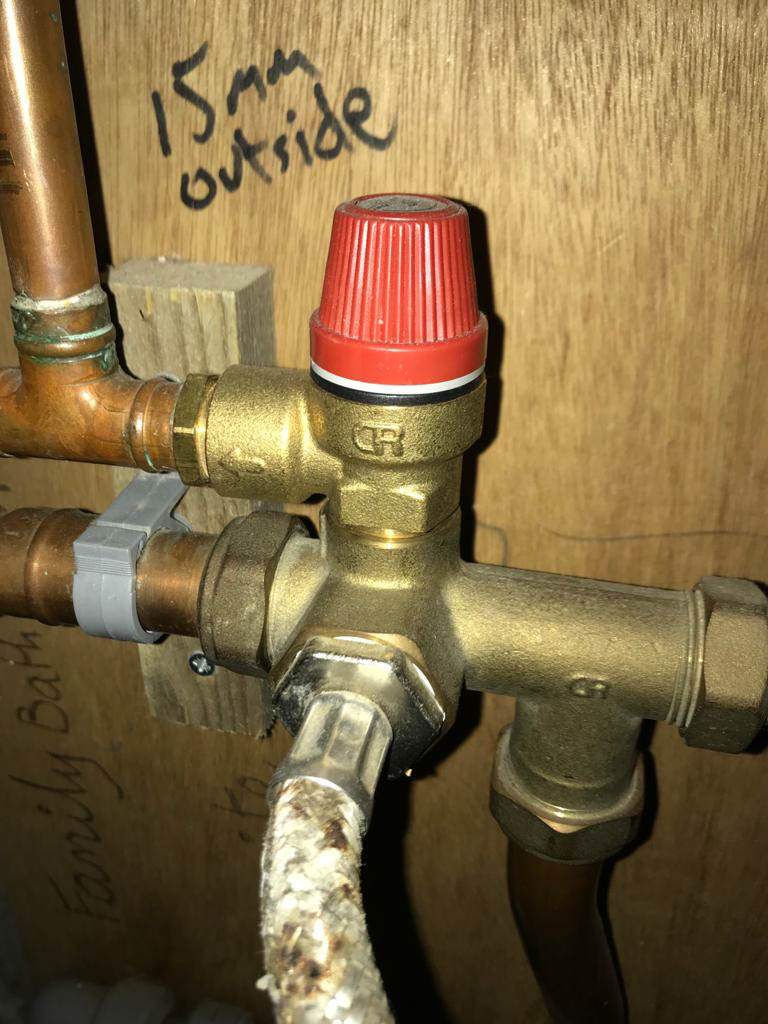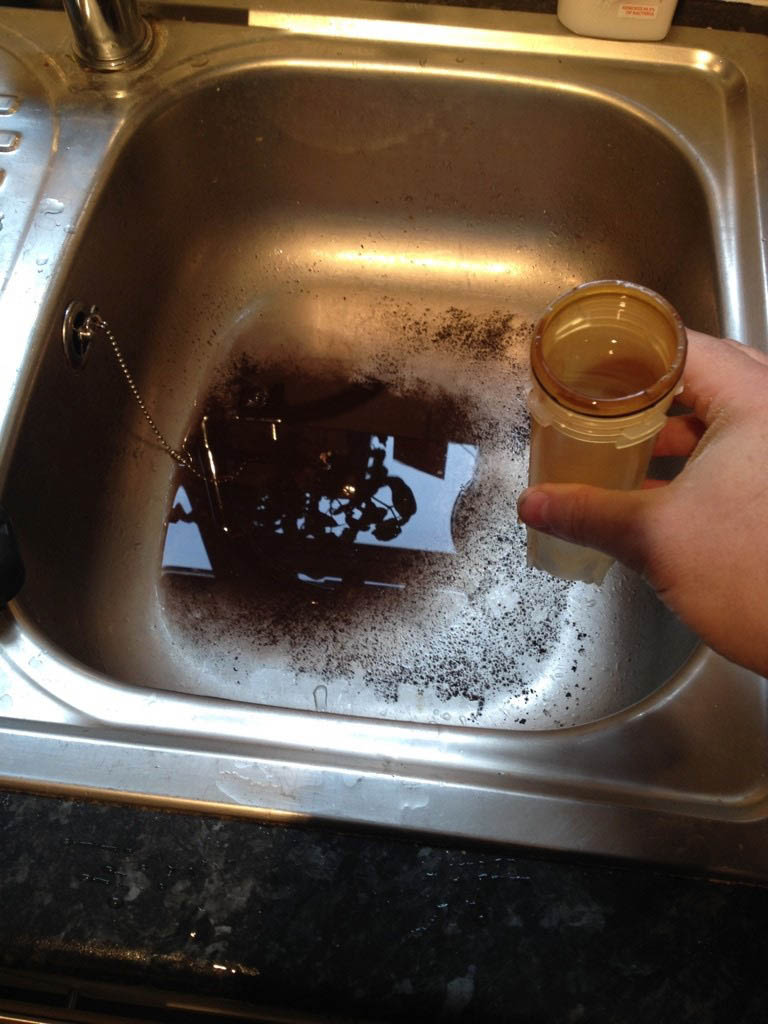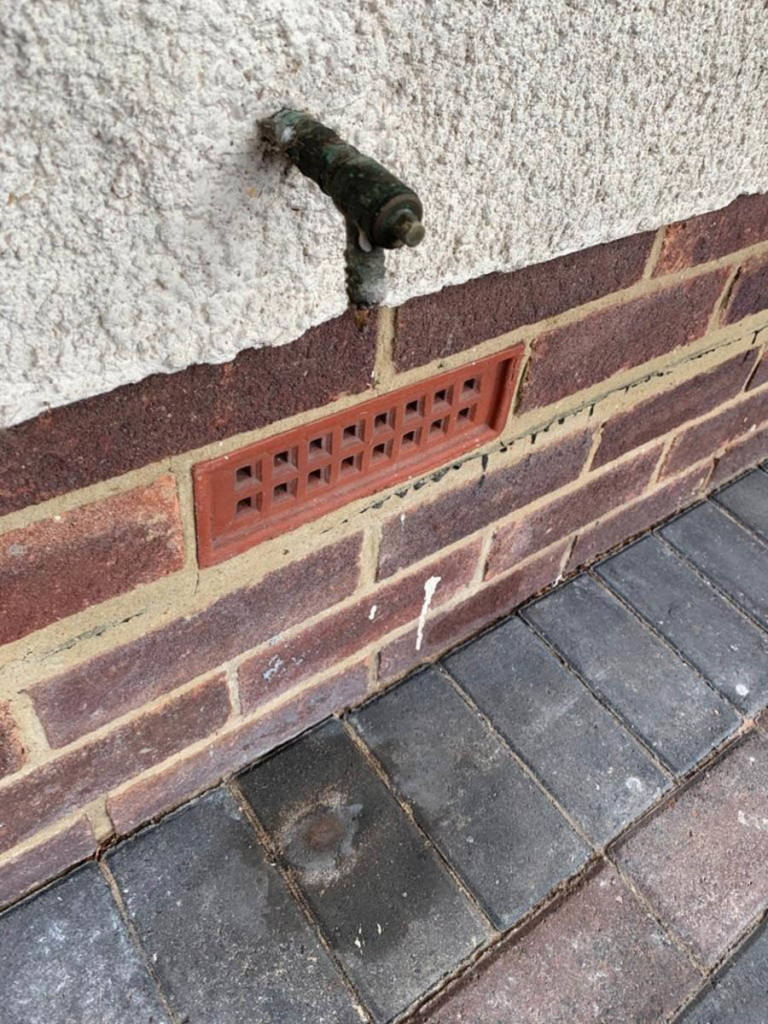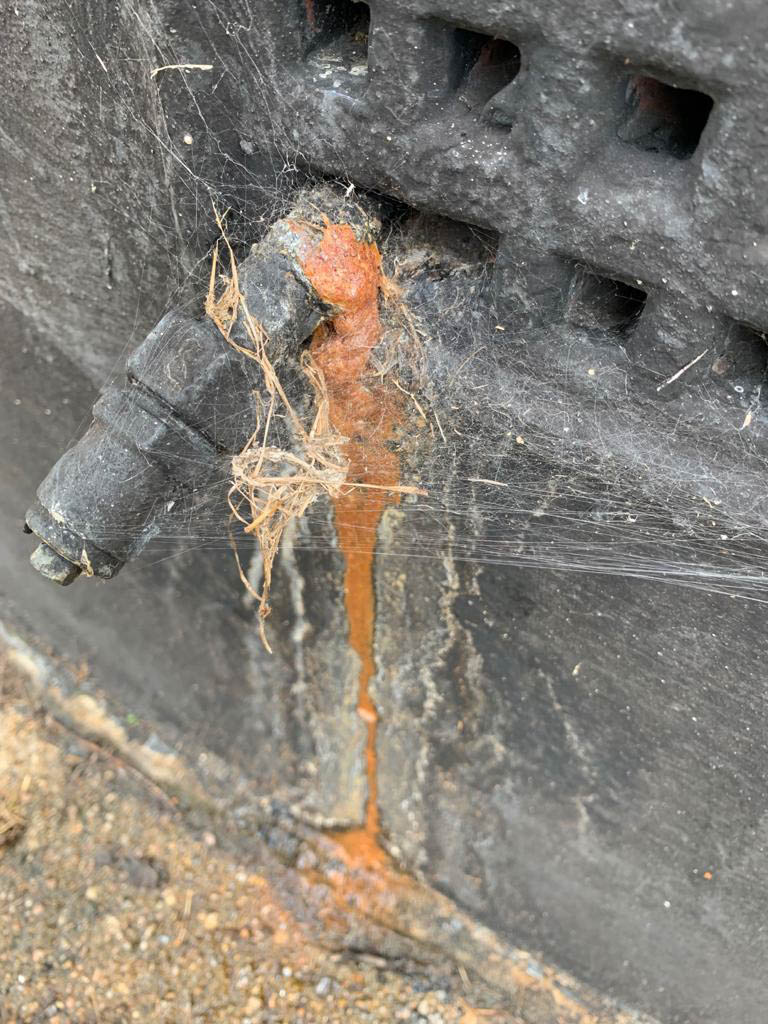Why Does My Combi Boiler Keep Losing Pressure?
How can my combi boiler lose pressure?
Boiler pressure loss is the most common reason our customers contact us when seeing a loss of pressure in the boiler, but it is in fact, a loss across the whole heating system. Diagnosis can be simple, and often the repairs are low cost and do not require digging up your property. The most common issue is the pressure relief valve, followed by the main heat exchanger, drain cock, pressure vessel and finally the secondary heat exchanger in a combi boiler. All of these can cause a loss of pressure in the boiler before it is an issue on the heating system pipework under the floor.
What is a pressure relief valve, and how can it fail?
Often called a PRV, think of the pressure relief valve as a fuse to protect the heating system, a bit like a pressure cooker has (showing my age there!). If the pressure builds too high in the system, then it will open and release the excess pressure and then should close. It is basically a spring with a rubber washer on the end; when the pressure can push the spring, it opens until the spring can push back enough.
The PRV or pressure relief valve should ‘fail’ at 3 BAR.
However, the BAR is not a measurement we use very much in the UK, so it equates to over 43psi, and that is more than you put in most car tyres. If you blow into a balloon, that is less than 1 BAR, and they pop with quite a bang. The pressure valve gets old and fails by the spring getting weak, or the rubber washer deteriorates until it starts to leak past.
It only takes a couple of pints of water lost, to the drop the pressure in the heating system significantly.
What can cause the boiler to have too much pressure?
Simply overfilling after bleeding radiators is common, topping up the pressure too high will then cause the PRV to open, it is common to add to a cold system and then when it expands (hot water expands by about 4%) there is little space for it to go. The pressure valve opens to protect the system as it should.
This should be taken care of by the pressure vessel, but it can only do so much!
Diagnosing a faulty expansion vessel?
This is normally a red metal vessel either inside the boiler or external, they are often called pressure expansion tanks, but this is from old gravity systems with an open tank in the loft.
The pressure vessel acts as a shock absorber to moderate the changes in pressure as the water is heated and expands by about 4%. Therefore, on a heating system with 100 litres, the room is needed to accommodate 4 litres of extra volume. The pressure vessel is not just an empty tank, inside it has a balloon with a car tyre valve on the top. This is normally filled to 1.5 BAR with air on an open system, and as the water expands, this balloon is squeezed.
Unless you can see water leaking the issue is not normally that the vessel is leaking water, it is that the air has gone from the balloon inside, either leaked out or has failed and is now full of water. At this point, the water expands with nowhere to go and this, in turn, triggers the PRV or pressure relief valve.
To quickly check the state of the vessel, you can remove the valve dust cap and press the valve, if it hisses then there is air. A check made if there is enough by looking for the manufacturer’s label and opening the wet system at a drain cock to allow expansion to 1.5 bar internally.
If water escapes than the balloon has failed and the entire vessel will need replacing.
Main Heat exchanger fault diagnosis:
Fairly common and often the cause of arguments with the boiler manufacturer or service contract provided after our visit. Effectively the ‘engine’ of the boiler has failed and this normally the most difficult and expensive item to replace. Knowing how a modern ‘condensing’ boiler works is important to understand the diagnosis of a failed heat exchanger.
Starting with the flue outside, it is normally a tube with a smaller tube inside; fresh air is drawn in from the outer one, and the hot exhaust is in the centre. This seals the boiler from the room it is in but causes significant condensation inside the boiler. This is carried harmlessly away to a waste pipe in the boiler via a ‘U’ bend like under any sink to stop fumes escaping, and this is called the ‘condensation trap’.
Modern heat exchangers are stainless or an alloy, therefore they don’t rust. However, if the condensation trap has rust particles in it or brown stains, we know there is an issue as water from inside the heating system with steel radiators that DO rust.
We refer to this as being ‘tea-stained’ it often literally looks like a dirty teacup, but be aware that grey particles are normal with a clear plastic trap.
We are also often able to confirm the diagnosis of a failed heat exchanger by finding the trace agent gas we added to the radiators coming out the flue.
Secondary Heat exchanger failure:
This is rare as they are only in combi boilers, and the loss is normally very rapid.
The main heat exchanger converts hot gas into hot water in an air/water exchange. In a combi boiler, it is a water/water exchange as the gas heated water passes across a coil while the cold water heading to a hot tap is exposed to the maximum surface area.
When these fail the radiator heating system water comes out the hot tap, often a bit discoloured with an immediate drop in pressure and a horrible taste.
Drain cock failure:
Every system needs a method of removing the water and drain it for maintenance or makes changes to the system. Ideally, these are placed outside to make it a simple and clean process, and they are a very simple rubber washer on a screw to seal and can fail and drip the pressure away un-noticed.




